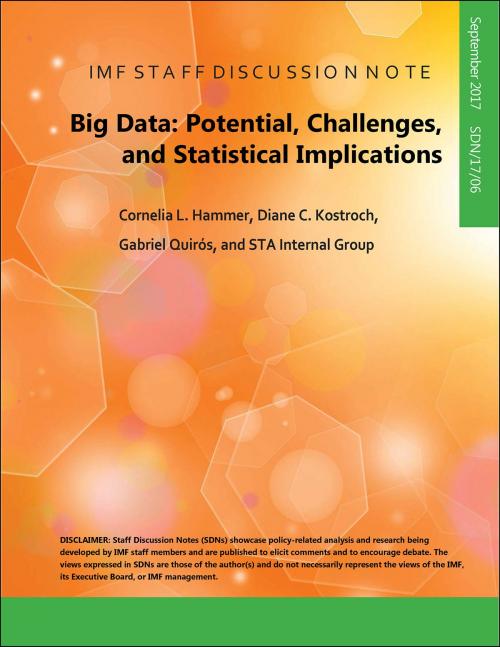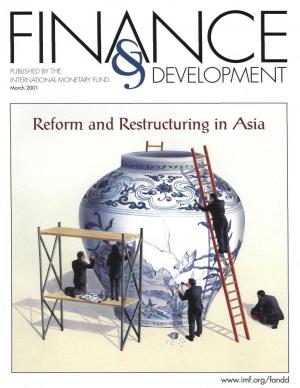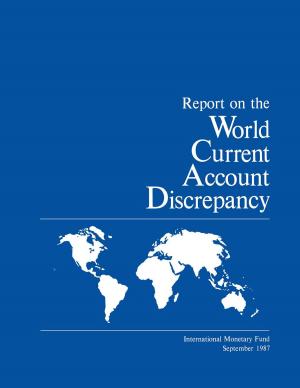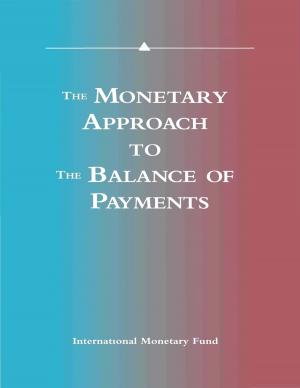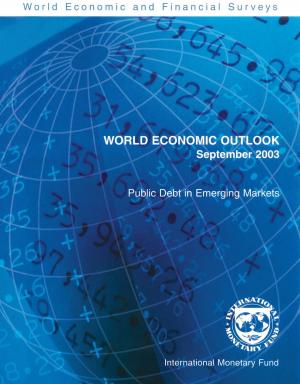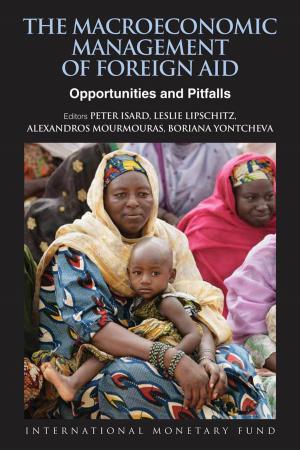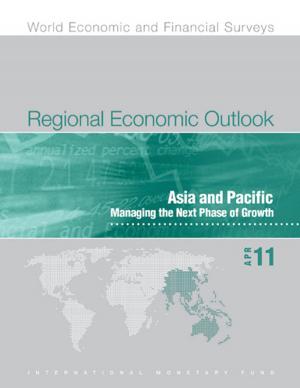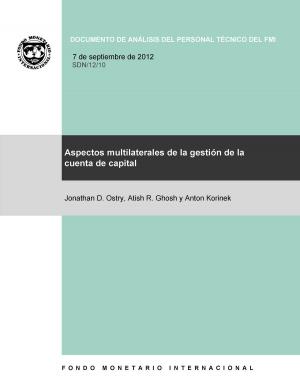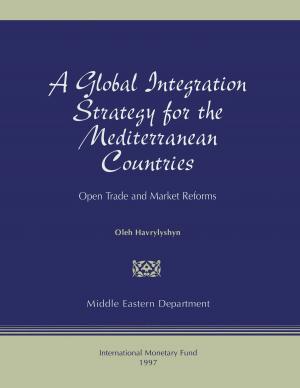Big Data
Potential, Challenges and Statistical Implications
Business & Finance, Economics, Money & Monetary Policy, Macroeconomics| Author: | Cornelia Hammer, Diane C Kostroch, Gabriel Quiros | ISBN: | 9781484318973 |
| Publisher: | INTERNATIONAL MONETARY FUND | Publication: | September 13, 2017 |
| Imprint: | Language: | English |
| Author: | Cornelia Hammer, Diane C Kostroch, Gabriel Quiros |
| ISBN: | 9781484318973 |
| Publisher: | INTERNATIONAL MONETARY FUND |
| Publication: | September 13, 2017 |
| Imprint: | |
| Language: | English |
Big data are part of a paradigm shift that is significantly transforming statistical agencies, processes, and data analysis. While administrative and satellite data are already well established, the statistical community is now experimenting with structured and unstructured human-sourced, process-mediated, and machine-generated big data. The proposed SDN sets out a typology of big data for statistics and highlights that opportunities to exploit big data for official statistics will vary across countries and statistical domains. To illustrate the former, examples from a diverse set of countries are presented. To provide a balanced assessment on big data, the proposed SDN also discusses the key challenges that come with proprietary data from the private sector with regard to accessibility, representativeness, and sustainability. It concludes by discussing the implications for the statistical community going forward.
Big data are part of a paradigm shift that is significantly transforming statistical agencies, processes, and data analysis. While administrative and satellite data are already well established, the statistical community is now experimenting with structured and unstructured human-sourced, process-mediated, and machine-generated big data. The proposed SDN sets out a typology of big data for statistics and highlights that opportunities to exploit big data for official statistics will vary across countries and statistical domains. To illustrate the former, examples from a diverse set of countries are presented. To provide a balanced assessment on big data, the proposed SDN also discusses the key challenges that come with proprietary data from the private sector with regard to accessibility, representativeness, and sustainability. It concludes by discussing the implications for the statistical community going forward.
